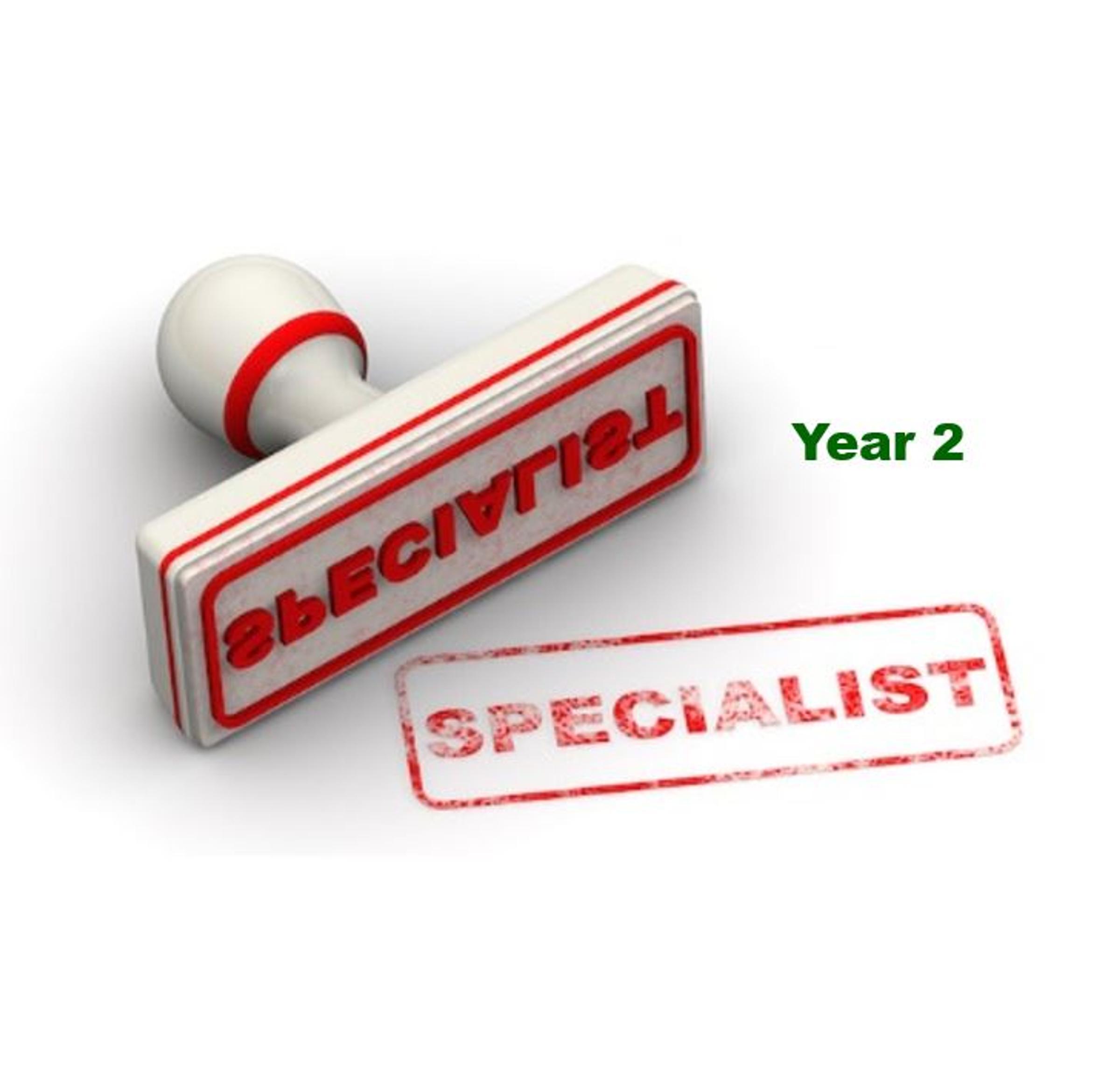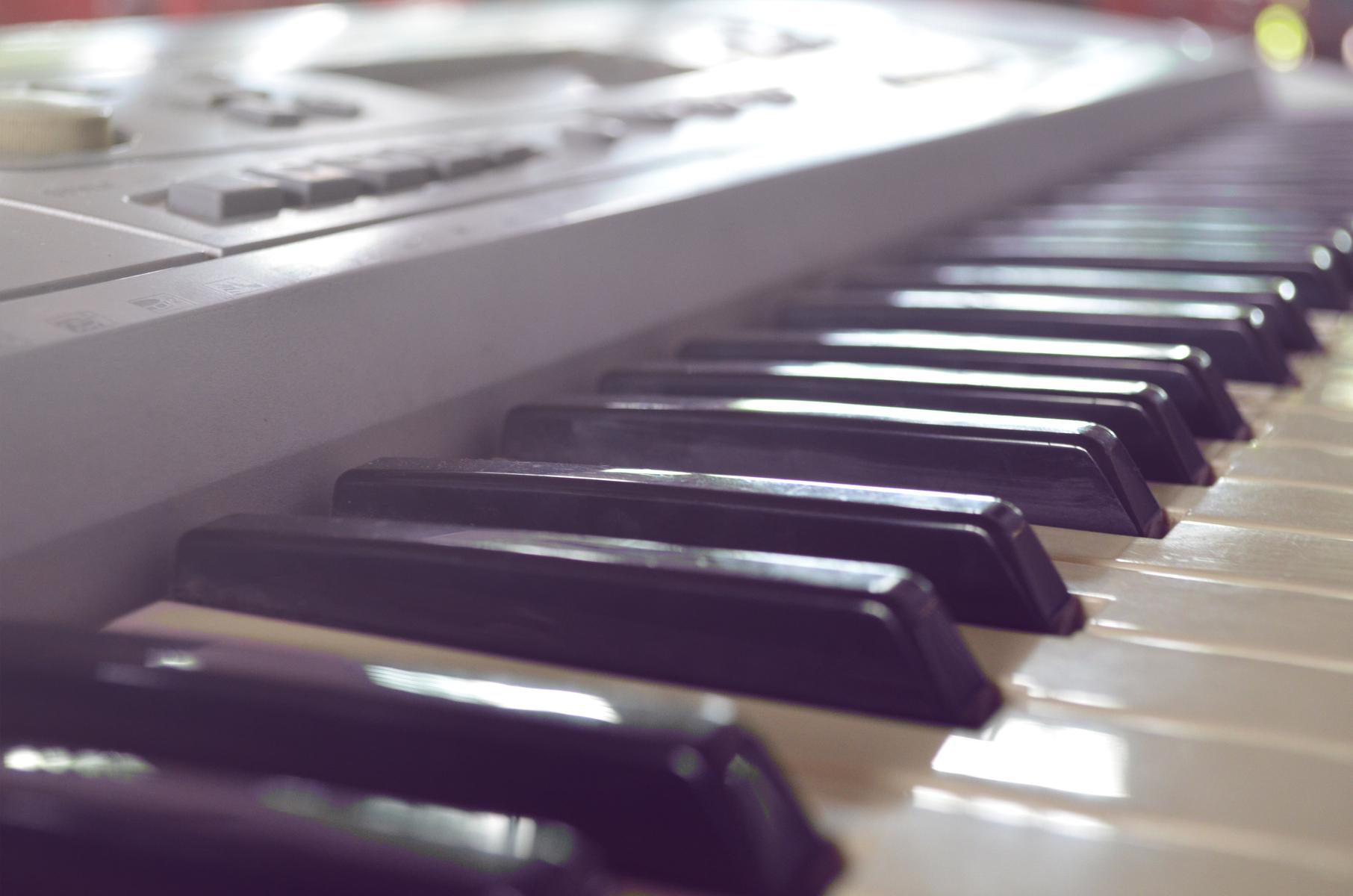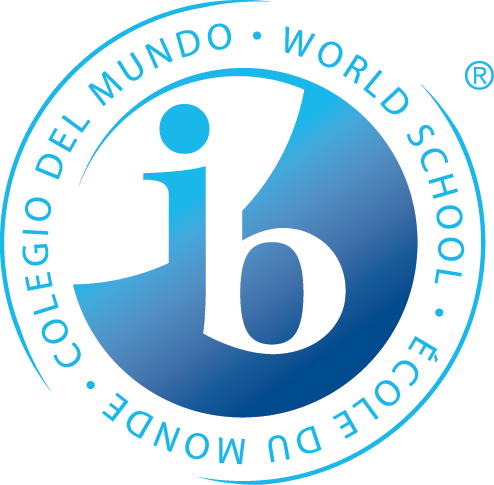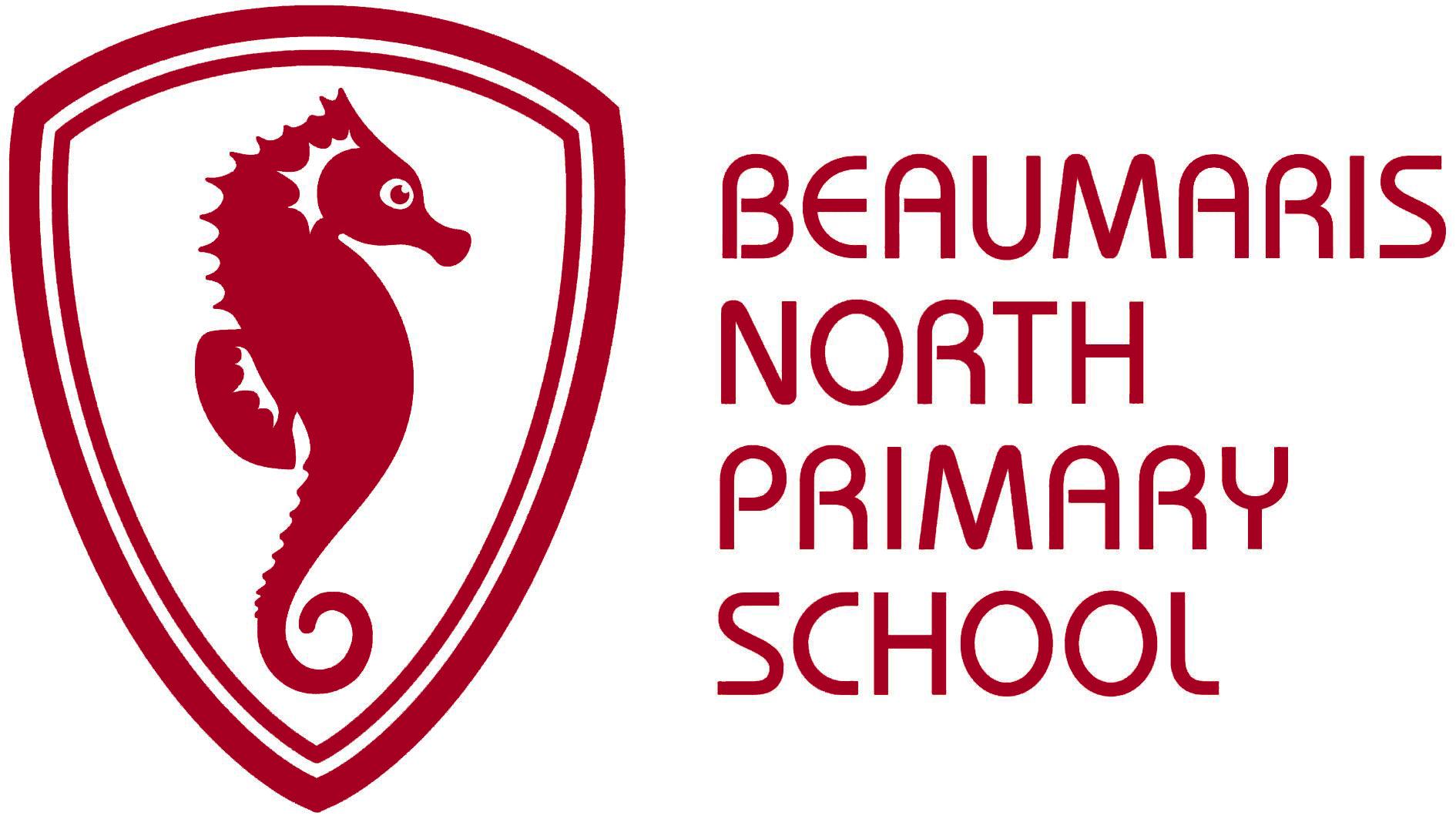Term 1, 2018

Library
- Revise the Public Access system, focusing mainly on a keyword search and reminding students to observe the status (whether the book is available) of the book first.
- Revise where a call number is when using the access system and not to confuse it with barcode number.
- Discuss the importance of library bags.
- Revise the locations of the Library.
- Formulate the Library Essential Agreement and refer to it regularly.
- Incorporate the Unit of Inquiry – ‘How We Express Ourselves’ by reading ‘The Giving Tree’ by S. Silverstein.
Visual Arts
The Term 1 Unit of Inquiry is called 'Expressing Emotions in Art', which integrates with the Transdisciplinary theme- 'How we express ourselves'. The Line of Inquiry is 'Creative ways to exploring our emotions'. Students will be inspired by cultural celebrations and their different art forms.
- Inspired by ‘Losar’ the Tibetan New Year and the celebration of ‘Happiness’ the students will design, paint and pattern their own Mandala. To explore the emotion of being ‘Calm’ students will design and create original Tibetan Mandala, using HB pencil and painted detail.
- After reading the book “The Red Beast” that explores ‘Anger’ the students will experiment with a range of painting tools and a warm colour palette creating a page of painted anger. Looking at the Japanese festival ‘Setsubun’ (Setsuboom) the students will use their anger painted paper to create their own Beast. They will draw the outline on the reverse side of the paper then add detail on the front with soft black pastels.
- Inspired by the elaborate headdress of Native America, students will create a collaged piece to represent ‘Bravery’- using a cardboard strip detailed with pattern in HB pencil, marker texta, cut paper and feathers.
- After watching a traditional New Zealand Maori Haka, an ancestral war cry, dance or challenge, the students will design their own Tiki character to represent the emotion ‘Fear’. They will use their Tiki design to etch into a foam print plate for printmaking, using white paint on black paper.
Physical Education
Team Building Activities and Parachute. Consolidating basic movement skills and more complex movement skills
Focus: Working together as a group showing tolerance and respect for others. Demonstrating open-mindedness and caring for each other.
Continuing to practice, control and master Fundamental Motor Skills of rolling and underarm throw. Revise skills of overhand throw and bouncing. Incorporate these skills into more complex minor games.
Introduction to Tennis.
Concepts: Responsibility - looking after sports equipment and personal organisation.
Attitudes: Respect and enthusiasm.
Learner Profile: Discussion with the children about Learner Profiles demonstrated during the
lesson. Children begin to identify others who demonstrated a particular Learner Profile.
Japanese
Themes/activities
- Essential agreement in Japanese room.
- My name in Japanese on a name card.
- Greetings.
- Classroom instructions .
- Japanese songs.
- Japanese stories.
Concepts
- Responsibility
- Form (pattern)
- Perspective (belief)
- Perspective (point of view of others)
- Reflective
- Open Minded
Vocabularies and grammar
HIRAGANA and KATAKANA characters for words they learn.
AKAY MASHITE OMEDETOE GOZAIMAS! (Happy New Year!).
Greetings and classroom words e.g. MATA LYE SHOE, MORE ICHI DOUGH, JOE ZOO (see you next week, one more time, well done) etc.
Japanese verbs: cut, glue, fold, colour in, spell etc.
Music
How We Express Ourselves and Who We Are
Focus: To explore the effects of music on emotions through singing and listening and to find creative ways to express our emotions through group performances with percussion instruments. Students will increase their music knowledge as they investigate tone colour, long and short sounds, long and short rhythms and ostinato patterns.
The children will:
- Sing songs: promoting respect and a positive attitude for example, Respect, The Middle (caring, open mindedness).
- Make choices about sound: recognising, playing and writing rhythms.in 2/4, 3/4, 4/4 (thinker).
- Manipulate chants and simple songs to express ideas and emotions by changing different elements in music (perspective).
- Explore body movements as a means of expression e.g. raps and creative movement (reflection).
- Become familiar with the tone colour and playing techniques for tuned and untuned percussion
- instruments (responsibility).
- Have many opportunities to find ways to express themselves musically and creatively through class performances (responsibility).







